Why does it look like this sugar maple is dying?
iforgotitsonevermind
14 years ago
Related Stories
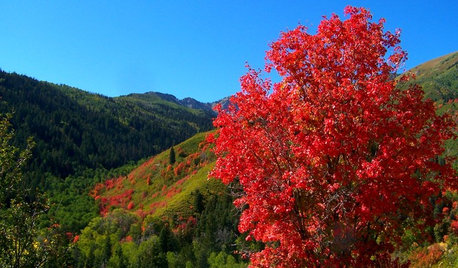
GARDENING GUIDESBigtooth Maple, the West’s Native Sugar Maple
Plant Acer grandidentatum for cool shade, brilliant autumn colors and songbird habitat
Full Story
FUN HOUZZDoes Your Home Have a Hidden Message?
If you have ever left or found a message during a construction project, we want to see it!
Full Story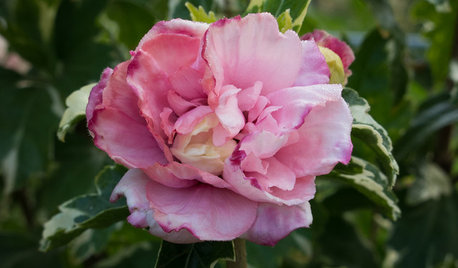
GARDENING GUIDESGreat Design Plant: Hibiscus Syriacus ‘Sugar Tip’
As pretty as a party dress, ‘Sugar Tip’ has layers of pink that catch the eyes of butterflies
Full Story
GARDENING GUIDES12 Japanese Maples for a Sunny Garden
The right maple in the right place shines in hot summer sun
Full Story
MATERIALSWoodipedia: Maple Is a Marvel Around the House
A heavy hardwood with lots of potential, maple appeals to modern sensibilities and won't break your budget
Full Story
TREES11 Japanese Maples for Breathtaking Color and Form
With such a wide range to choose from, there’s a beautiful Japanese maple to suit almost any setting
Full Story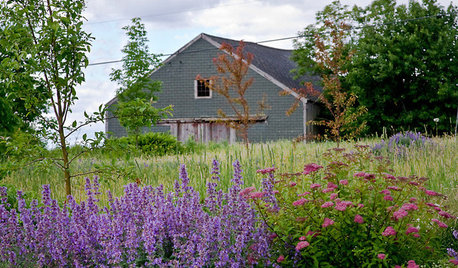
GARDENING AND LANDSCAPINGLandscape Tour: Two Acres of Rural Hillside in Maine
An orchard of crab apples, a grove of sugar maples, even a hayfield ... pastoral landscape beauty doesn't get more idyllic than this
Full Story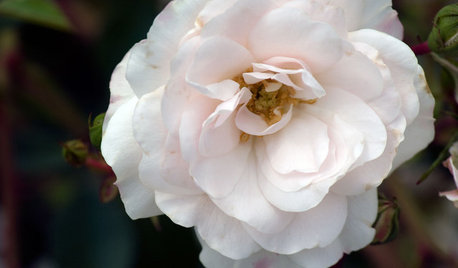
GARDENING GUIDES5 Favorite White Roses for a Purely Beautiful Garden
How does your garden glow? With roses that look like light and smell divine
Full Story
HOMES AROUND THE WORLDWorld of Design: 11 Book Lovers and Where They Like to Read
Bibliophiles across the globe reveal their top books and favorite reading spots, from a 2-story library to an artfully curated book nook
Full Story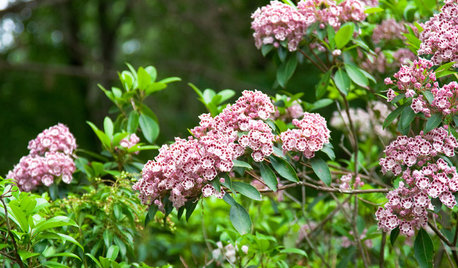
FLOWERS AND PLANTSKalmia Latifolia’s Origami-Like Flowers Shine in the Shade
This shade-tolerant shrub, also known as mountain laurel or calico shrub, thrives in East Coast woodland gardens
Full Story







Dan _Staley (5b Sunset 2B AHS 7)
hoseman
Related Professionals
Leawood Landscape Architects & Landscape Designers · Maple Heights Landscape Architects & Landscape Designers · Athens Landscape Contractors · Fairview Landscape Contractors · Mount Sinai Landscape Contractors · Rockville Landscape Contractors · New Carrollton Landscape Contractors · Rockville Siding & Exteriors · San Diego Siding & Exteriors · Zion Siding & Exteriors · Austin Decks, Patios & Outdoor Enclosures · Crestline Decks, Patios & Outdoor Enclosures · Jeffersonville Decks, Patios & Outdoor Enclosures · Lacey Decks, Patios & Outdoor Enclosures · Eustis Decks, Patios & Outdoor EnclosuresiforgotitsonevermindOriginal Author
Dan _Staley (5b Sunset 2B AHS 7)
iforgotitsonevermindOriginal Author
arktrees
iforgotitsonevermindOriginal Author
Dan _Staley (5b Sunset 2B AHS 7)
iforgotitsonevermindOriginal Author
Dan _Staley (5b Sunset 2B AHS 7)
iforgotitsonevermindOriginal Author
arktrees
iforgotitsonevermindOriginal Author
hoseman
iforgotitsonevermindOriginal Author
arktrees
rhizo_1 (North AL) zone 7
Iris GW
hoseman
iforgotitsonevermindOriginal Author
Dan _Staley (5b Sunset 2B AHS 7)
arktrees
arktrees
Dan _Staley (5b Sunset 2B AHS 7)
iforgotitsonevermindOriginal Author
Dan _Staley (5b Sunset 2B AHS 7)
iforgotitsonevermindOriginal Author
iforgotitsonevermindOriginal Author
arktrees
iforgotitsonevermindOriginal Author
hoseman
iforgotitsonevermindOriginal Author
hoseman
salicaceae
iforgotitsonevermindOriginal Author
salicaceae
iforgotitsonevermindOriginal Author
Dan _Staley (5b Sunset 2B AHS 7)
iforgotitsonevermindOriginal Author
Iris GW
arktrees
iforgotitsonevermindOriginal Author
arktrees
iforgotitsonevermindOriginal Author
Dan _Staley (5b Sunset 2B AHS 7)
iforgotitsonevermindOriginal Author
iforgotitsonevermindOriginal Author
arktrees
iforgotitsonevermindOriginal Author
iforgotitsonevermindOriginal Author